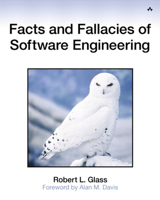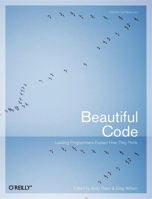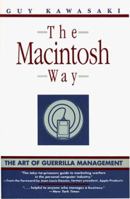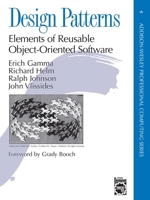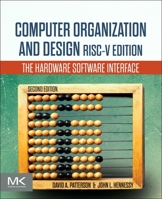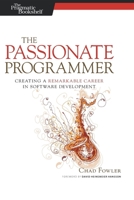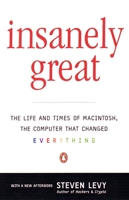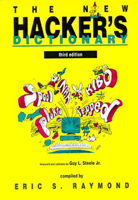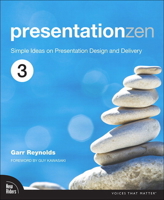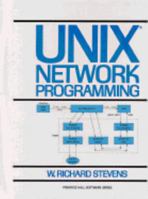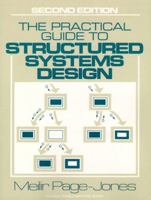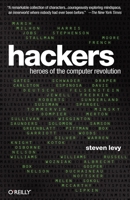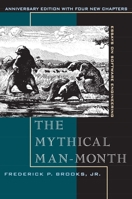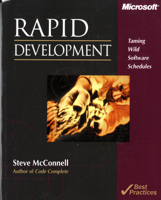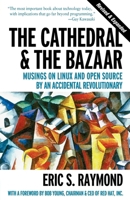Commit Everything Regret Nothing: Finding Your Life's Work
Are you ready to find your true life's work? Do you want to know what area you should commit everything? Do you want to learn how to live a fulfilled life without regrets? Then this book is for you. In this book, you will learn exactly how to discover your true life's work in order to start living a fulfilled life without regrets. The purpose of this book is to teach you how to discover the areas where you should commit most of your time, energy, and resources. Some of the tips that you will learn in this book include: understanding the process of finding your true life's work, selecting the right mission in your life, discovering the truth and how to commit everything to it, finding out how you should serve the world, and more. DJ Alexander is an educator, author, entrepreneur, and retired high school head football coach. Throughout his life, he struggled with finding his true life's work. It was not until he completed intensive research, self-reflection, and evaluation on his life, that allow him to discover his true life's work. He will give you a complete step-by-step practical guide in order to discover your life's work so you can start living a fulfilled life without any regrets. Alexander said, "Everyone has a responsibility to commit everything to his life's work in order to improve humanity."
Format:Paperback
Language:English
ISBN:B08QBS1VP2
ISBN13:9798564957434
Release Date:December 2020
Publisher:Independently Published
Length:88 Pages
Weight:0.28 lbs.
Dimensions:0.2" x 6.0" x 9.0"
You Might Also Enjoy
Customer Reviews
3 customer ratings | 3 reviews
There are currently no reviews. Be the first to review this work.












